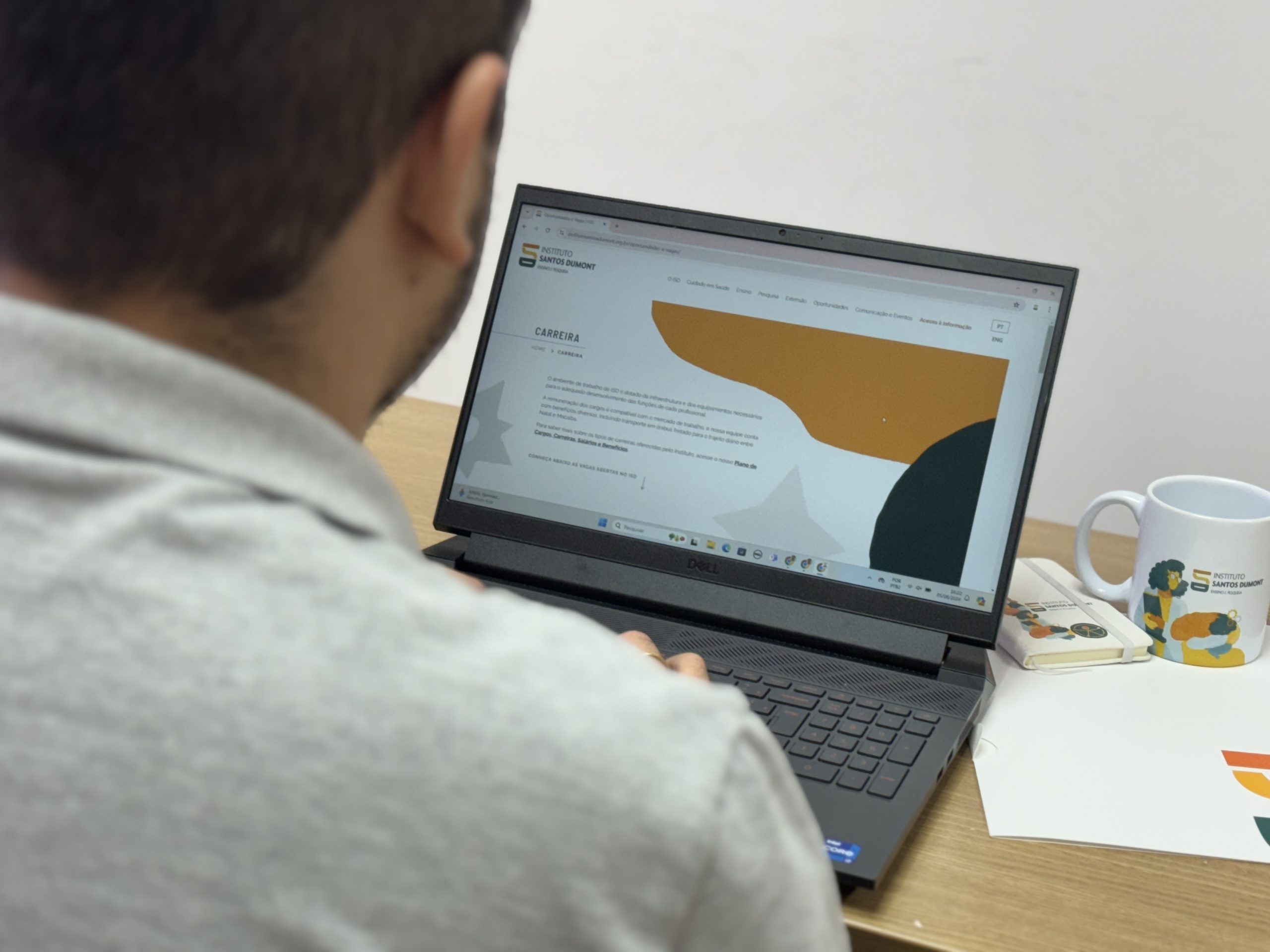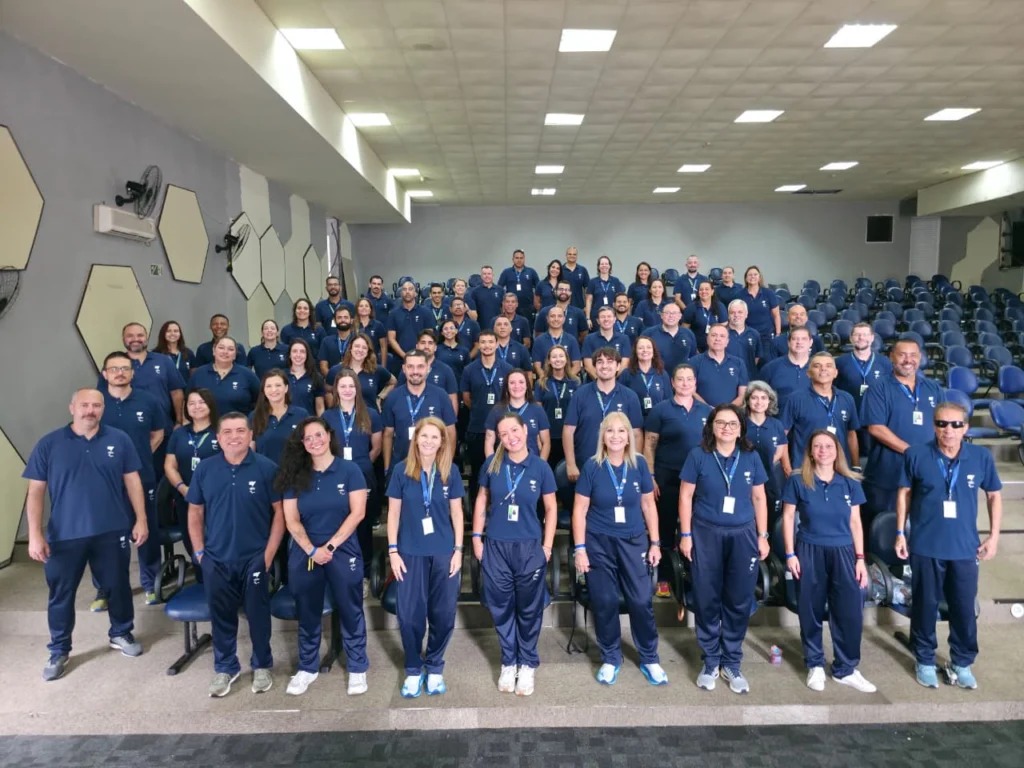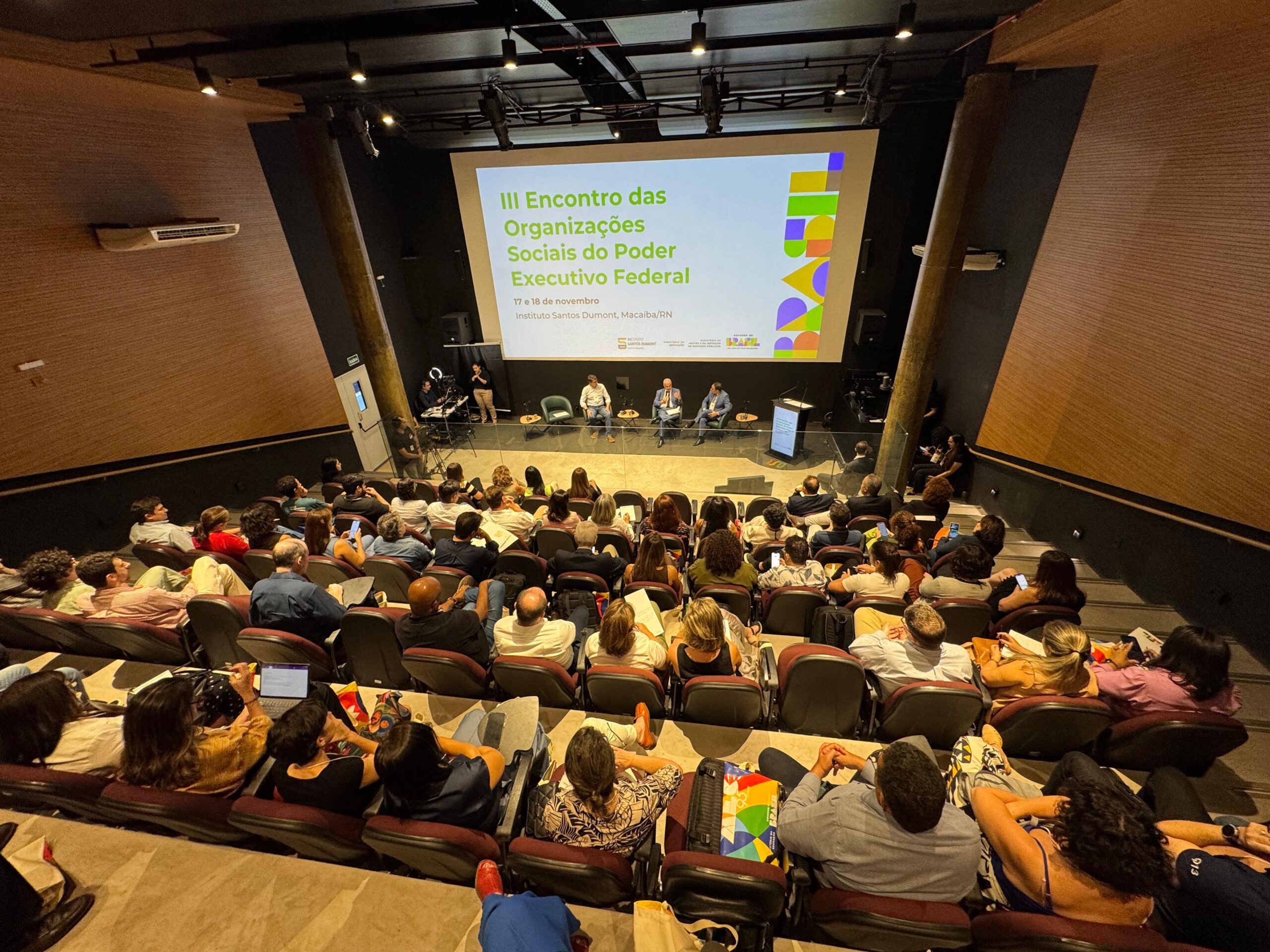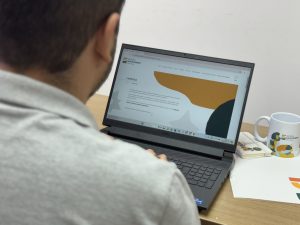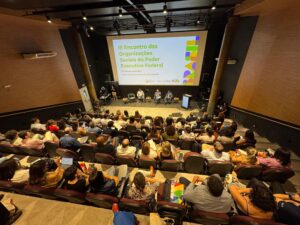Pregnancy is one of the most anticipated moments in life for most women. The gestational changes caused in the female body involve physical, physiological and psychological issues that need to be worked on throughout the gestational period so that, when the moment of delivery arrives, mother and child meet in an easier way and, in the case of the mother, that she recover as soon as possible during the puerperium. At Instituto Santos Dumont (ISD), a service that involves monitoring women in high-risk pregnancies by physiotherapists minimizes the effects of these adaptations, which are important, and prepares them for a fearless delivery.
“Physiotherapy during pregnancy and postpartum allows women to (re)know their body and the existing and necessary physical and physiological changes in this stage of pregnancy and postpartum, stopping thinking and thinking that they have to live with these changes due to being pregnant or in the postpartum period”, says physiotherapist Lilian Lira Lisboa, manager of the Anita Garibaldi Center for Health Education and Research (Anita), one of the ISD units in Macaíba.
The most common gestational changes are those in posture, due to the growth of the uterus. It shifts the point of gravity forward and there has to be postural compensation. The pregnant woman increases her lumbar lordosis, increases her thoracic kyphosis, opens her leg more and walks in a block, also known as the “penguin step”. This is necessary, otherwise it could fall. Another change that happens is the increase in blood volume, which makes it easier for pregnant women to form edema. There is a decrease in peripheral vascular resistance so that the blood reaches the uterus more easily, which also facilitates the formation of edema. There is also a condition of physiological anemia because the blood volume increases but the red cells do not. Pregnant women work with a reduced hemoglobin concentration and extra care should be taken in the practice of physical activity during this period.
“Physiotherapy aims to prevent, treat or recover the effects of these changes that are necessary to adapt the woman's body to generate/gesture. Physiotherapeutic care works with the assessment of biomechanics in the different stages of pregnancy and works with myofascial release, kinesiotherapy and other resources that will favor a calmer pregnancy, in addition to preparing the body for a more harmonious delivery. It also aims to activate muscles that need to be activated and relax muscles that need to be relaxed depending on the stage of childbirth. Such action can also provide a postpartum with less consequences”, stresses Lilian Lira Lisboa.
Specialized Service
The Physiotherapy specialization in Women's Health has been regulated by the Federal Council of Physiotherapy and Occupational Therapy (COFFITO) since 2009, due to the importance and positive scientific evidence regarding the role of the physiotherapist in this area. In Rio Grande do Norte, however, few public health units provide this type of service, with the Santos Dumont Institute (ISD) being one of the pioneers. “It is a very new area within Physiotherapy that is not yet part of the Public Service framework. There are no physiotherapists specializing in Women's Health working within the State and City Halls. In maternity hospitals, neither. We only have this reality in Maternity Schools, with physiotherapists in delivery rooms, and we experience it in the private service”, evaluates the specialist in Women's Health, Larissa Varella, who works as a multidisciplinary physiotherapist preceptor at the Institute.
She explains the importance of high-risk gestational follow-up by a Physiotherapy professional: “The idea of prenatal care is that we can prevent all the consequences of natural changes. If we manage to assist pregnant women from the beginning, we manage to work on muscle strengthening, balance, coordination and the tendency is for them to continue the pregnancy with less pain, less discomfort, less tired and more functional. We intend that the pregnant woman has, during the nine months of pregnancy, complete mobility, that she does not need to be away from work due to some disability at that time, that she can have a free life during pregnancy”.
If the patient has any changes due to pregnancy, it will be treated accordingly. Some arrive at the health service with pain, joint dysfunction, diabetes, hypertension, complications and other risks associated with pregnancy. “We (the multidisciplinary team) are going to treat and establish glycemic control, establish pressure through physical activity. There are two lines: the treatment for prevention and the complication. Ideally, this complication would not exist”, emphasizes Larissa Varella. Pregnancy can also cause joint laxity due to relaxin, which is a hormone released during the gestational period.
According to Larissa Varella, all joints become loose and this increases the risk of injury, with women more easily spraining an ankle or hurting their knee, for example. Physiotherapy strengthens these musculatures so that this does not happen. “It is necessary for the opening of the pelvis to occur during childbirth. Pregnant women also find it difficult to breathe as the diaphragm gets squeezed as the ribcage opens up more. There is variation in heart rate and alteration in bladder function. The bladder changes position a little. There is a decrease in peristalsis, leaving intestinal transit, in general, slower, favoring constipation”, lists the specialist.
childbirth and puerperium
During pregnancy, the work of physiotherapy is also focused on childbirth based on strengthening the pelvic floor, abdomen and making the pelvis more flexible. During childbirth, the role of the physiotherapist helps in positioning the baby, in breathing to improve oxygenation and reduce anxiety, and in the issue of relaxing the structure of the pelvic floor.
“Birth happens independently of the physiotherapist. But, if this woman is calm, if she knows the physiology of labor itself, it will be facilitated. At the ISD, all this preparation takes place during prenatal care with the aim of making them aware of their role in labor. The companion also participates in a birth preparation consultation, in which the two are taught what labor is like, talking about aspects such as dilation, fitting, and what to do to reduce the pain, with breathing techniques and massage, for example. The role of the companion during labor is very important. Some get in the way. We need to reinforce this so that when it comes time to give birth, it flows”, declares Larissa Varella.
Physiotherapeutic follow-up is indicated for all pregnant women, especially those in the high-risk group. The postpartum return must be immediate so that the professional can assess the conditions at the beginning of the puerperium. “Everything that changes during pregnancy returns after delivery. There is an emotional and physical demand. When we manage to do a good job during pregnancy, the postpartum period is usually less painful in physical terms. If we manage to strengthen the musculature, stabilize the joints, the chance of postpartum pain is less. The prenatal work will be very important in the postpartum period, too”, assures the physiotherapist.
Postpartum is associated with sleep deprivation, extreme tiredness, emotional conditions. It is a difficult time to include physical activities, but an effort is needed so that this mother does not become sedentary and resumes the pre-pregnancy routine.
Video
Physiotherapist Larissa Varella teaches stretches for pregnant women to perform at home.
Access: https://www.youtube.com/watch?v=C2d-ZWvKCpI
Most common gestational changes
Carpal tunnel syndrome;
Edema in the lower limbs;
Dyspnoea;
Back pain, low back pain and symptoms of pelvic floor deficiency, such as urinary and anal incontinence, among others;
The pelvic floor muscles are susceptible to hormonal and biomechanical adaptations, having their function affected, especially by the overload of abdominal and baby weight.
Bbenefits of physical therapy during pregnancy
Improved posture;
Reduction of swelling;
Decreased pain in joints, lumbar, feet and legs;
Reduction of cramps;
Improved blood circulation;
Strengthening the pelvic floor.
Source: COFFITO
Text: Ricardo Araújo / Ascom – ISD
Photograph: Ricardo Araújo / Ascom – ISD
Communication Office
comunicacao@isd.org.br
(84) 99416-1880
Santos Dumont Institute (ISD)
It is a Social Organization linked to the Ministry of Education (MEC) and includes the Edmond and Lily Safra International Institute of Neurosciences and the Anita Garibaldi Health Education and Research Center, both in Macaíba. ISD's mission is to promote education for life, forming citizens through integrated teaching, research and extension actions, in addition to contributing to a fairer and more humane transformation of Brazilian social reality.




